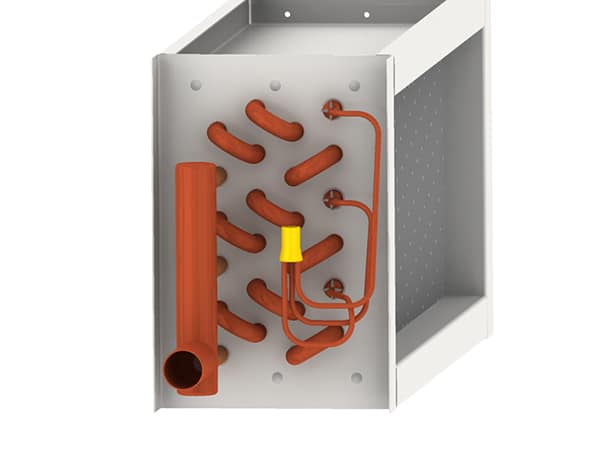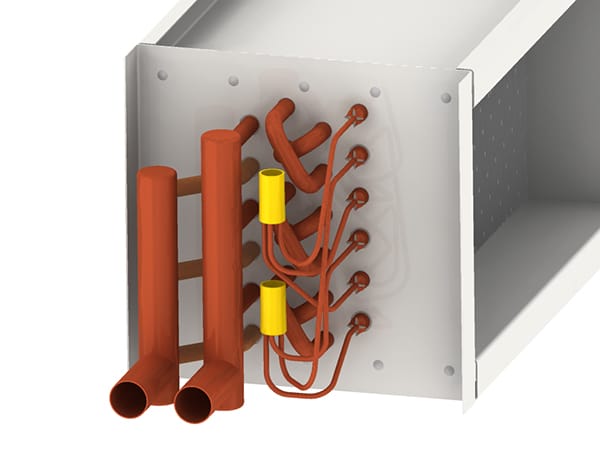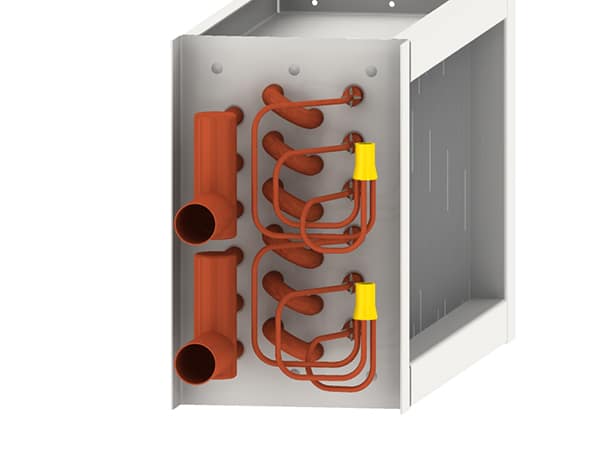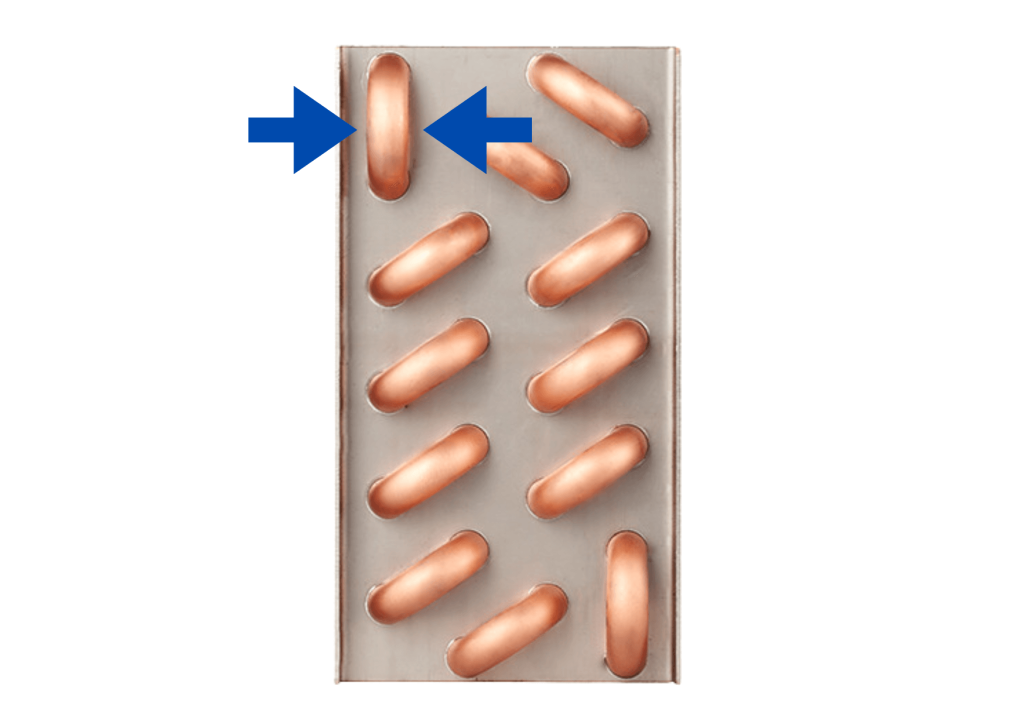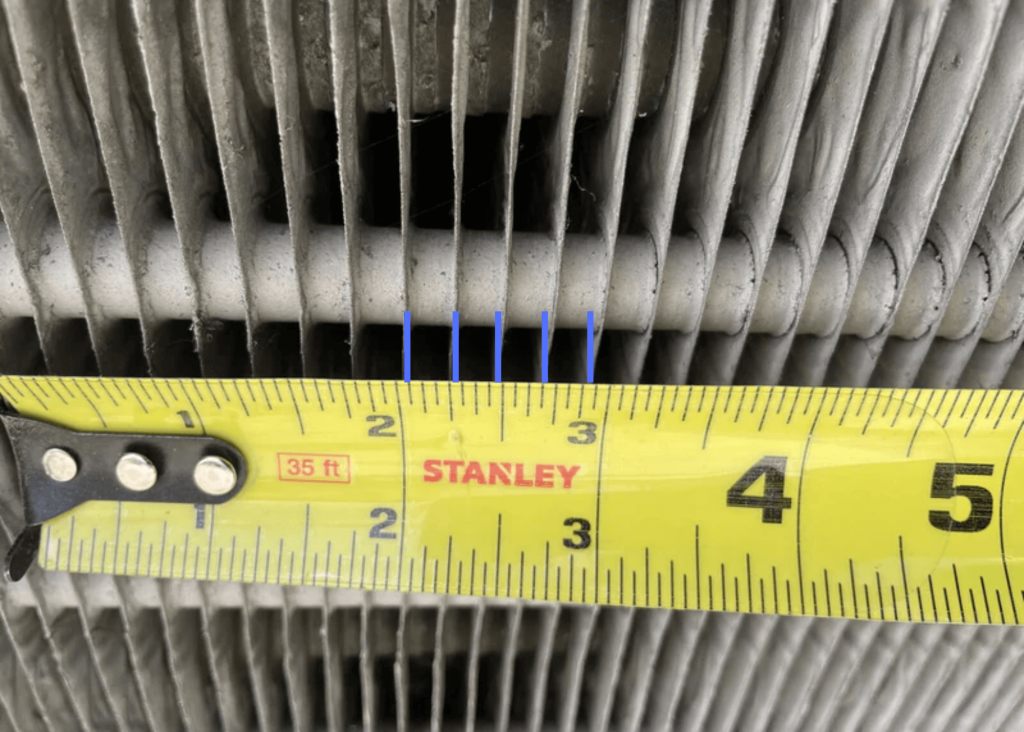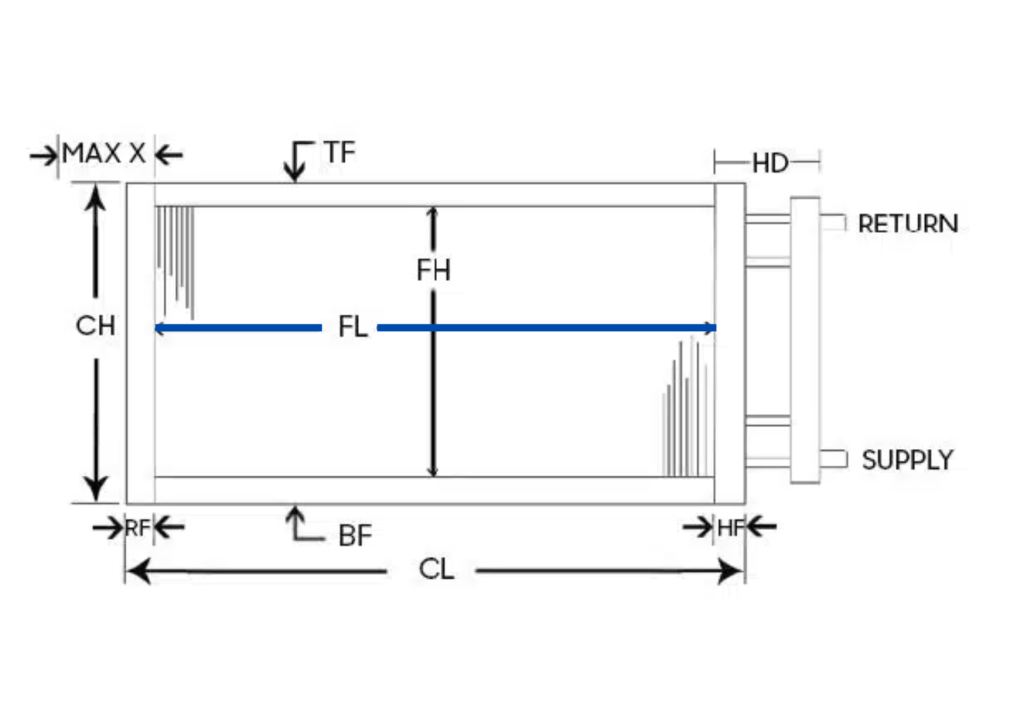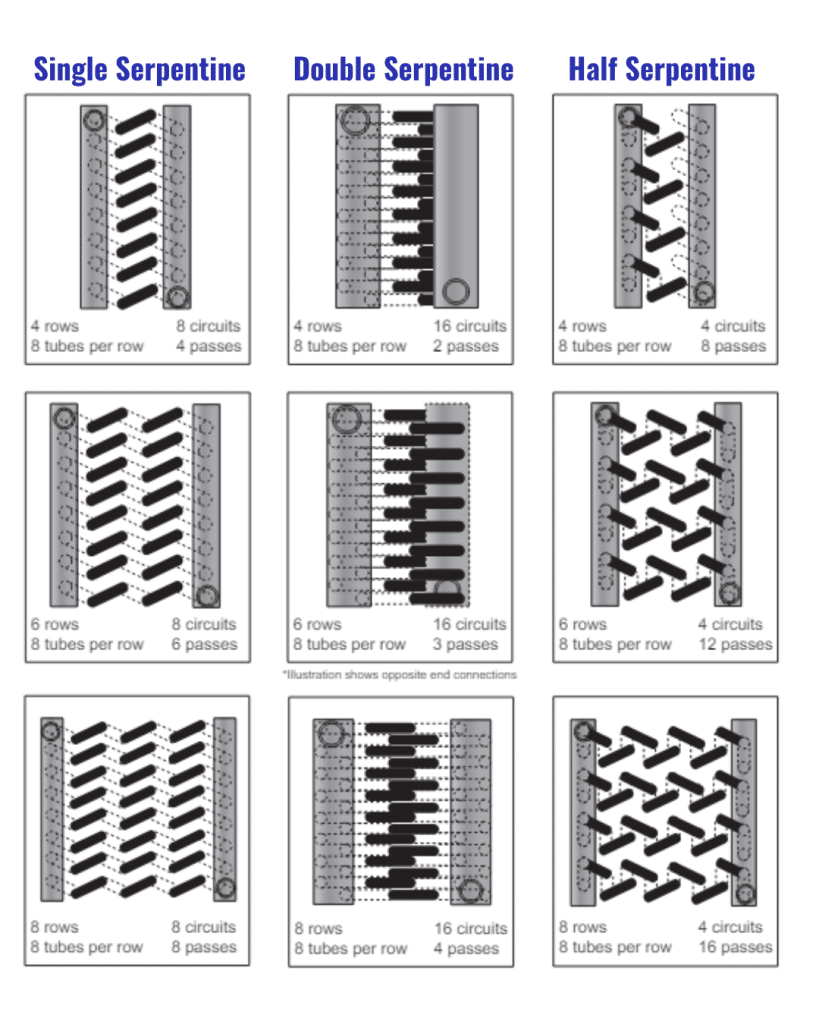HVAC Solutions
Our Commitment to Excellence
The service you expect, the quality you deserve!
Lincoln Associates has seamlessly integrated top-quality products with cutting-edge engineering, solidifying its position as a prominent player in the HVAC & Refrigeration equipment industry for over five decades. Our dedicated team of expert engineers excels at different areas of expertise in designing and implementing fully customized commercial and industrial HVAC & Refrigeration systems, tailored to meet your company’s unique requirements.
View Our 2025 Line Card:
Ready to Talk?
Contact Us
Fill out my online form.
*Our Customer Support Team will reach out to you within 24 hours during normal business operations.





